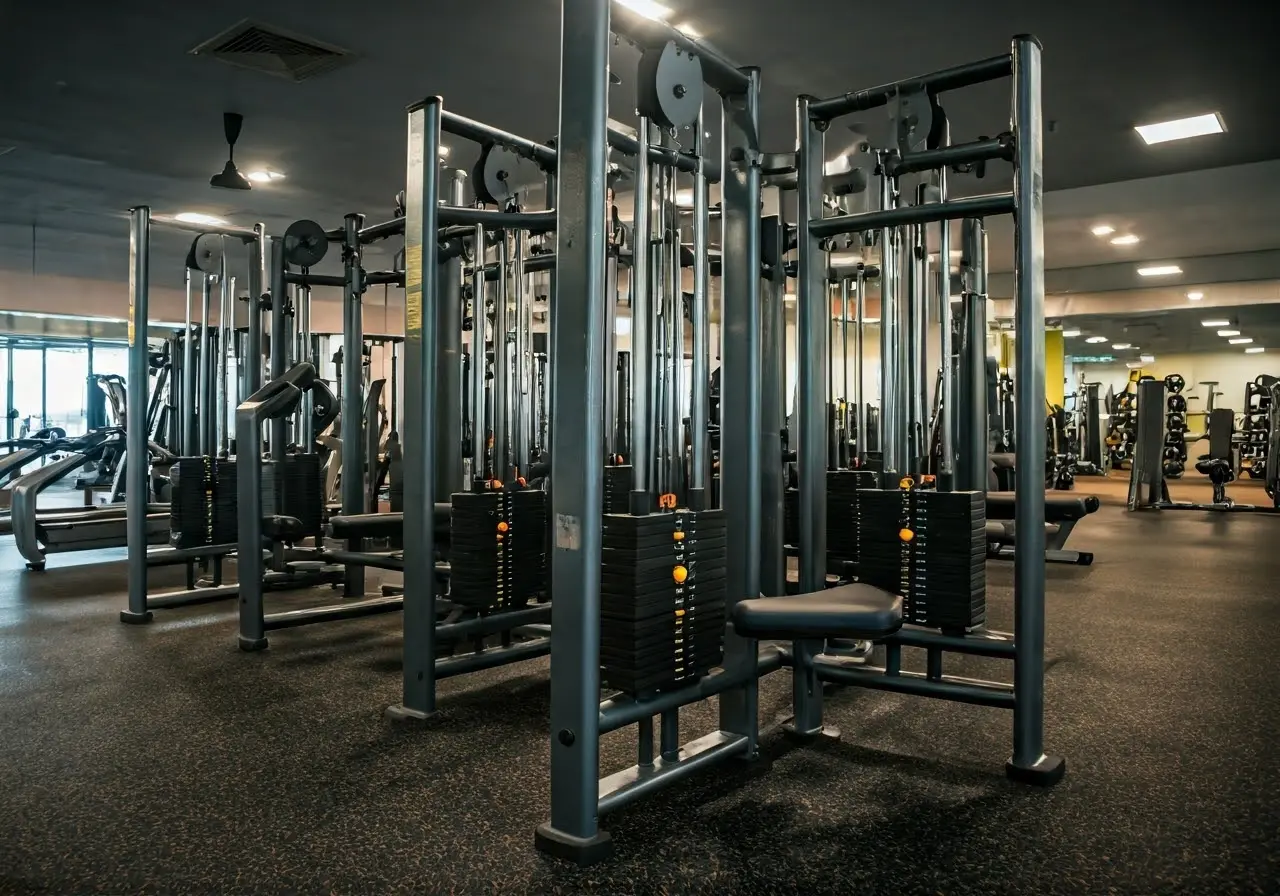Maintaining gym equipment can feel like a daunting task, but it’s crucial for ensuring safety, optimizing performance, and prolonging the lifespan of your gear. In this blog, we’ll cover five essential tips for fitness maintenance that will help keep your gym equipment in top shape. Whether you’re a gym owner or just someone who loves working out at home, these tips will make equipment upkeep simple and manageable.
Regular Cleaning to Prevent Wear and Tear
One of the simplest yet most effective ways to maintain your gym equipment is through regular cleaning. Dust, sweat, and grime can accumulate on your machines, leading to wear and tear over time. Use a soft cloth and mild detergent to wipe down surfaces, paying special attention to areas with high touch points. This not only keeps your equipment looking good but also ensures it functions smoothly.
Regular cleaning can also help prevent the buildup of bacteria, which is particularly important in a gym setting. According to Columbia Fitness, gym weights can harbor over 300 times more bacteria than a toilet seat. Therefore, maintaining a deep clean schedule for all parts of your equipment, especially touchpoints like handles, seats, and screens, is essential for both hygiene and performance.
Don’t forget about the less obvious areas. Wiping down the tracks on your equipment, the exposed portions of flywheels, and other components at least bi-weekly will prevent buildups of dust and debris that might affect the equipment’s performance. Keeping gym equipment clean not only prolongs its life but also provides a safer workout environment for users.
Lubricate Moving Parts to Ensure Smooth Operation
Lubrication is key to keeping the moving parts of your gym equipment functioning correctly. Over time, the parts can become dry and result in friction that may cause damage. Check the manufacturer’s instructions to know which type of lubricant to use and apply it to areas like treadmill belts and elliptical joints. Regular lubrication ensures that everything operates smoothly and prolongs the lifespan of your equipment.
Many exercise machines experience friction during operation, which can lead to wear and tear if not addressed properly. For instance, American Home Fitness suggests using dry silicone for weight machine guide rods and silicone-based lubricants for cardio machines. Proper lubrication reduces friction, ensuring your machines run efficiently and extend their lifespan.
Additionally, regular lubrication can prevent annoying squeaks and other noises that can develop over time. This ensures a quieter and more enjoyable workout experience. By reducing the strain on moving parts, lubrication helps maintain the equipment’s performance and longevity. Whether it’s a home gym or a commercial setup, ensuring all moving parts are well-lubricated is a crucial step in fitness maintenance.
Conduct Regular Inspections for Safety
Routine inspections are vital for the safety and longevity of your gym equipment. Check for loose bolts, worn-out cables, and any signs of damage or fatigue. Conduct these inspections monthly and address any issues promptly to avoid accidents or more severe problems in the future. Keeping a checklist can help ensure that no part of your equipment is overlooked.
Performing these inspections allows you to catch minor issues before they become major problems. As Spark Membership notes, preventive maintenance can greatly extend the life of your gym equipment. By routinely checking and addressing any issues you find, you help to reduce the risk of injury and downtime caused by equipment failure.
Replace Worn-Out Parts Timely
No matter how well you maintain your gym equipment, parts will eventually wear out and need replacement. Be proactive by replacing worn-out components as soon as you notice them. This could include treadmill belts, resistance bands, or weight cables. Timely replacement not only keeps your equipment safe but also ensures optimal performance during workouts.
Replacing parts on time can stave off larger, more costly repairs. As suggested by True Fitness, staying proactive about part replacements and having a stock of commonly needed parts can reduce equipment downtime and keep your gym running smoothly. Whether you’re dealing with frayed cables or cracked upholstery, addressing these issues early is key.
Keep a Maintenance Log
Keeping a maintenance log is a great way to track the upkeep of your gym equipment. Record dates of cleaning, lubrication, inspections, and part replacements. This log helps you stay organized and ensures that regular maintenance routines are not skipped. It also provides valuable information if you need to troubleshoot any future issues with your equipment.
A maintenance log also helps in creating a detailed history of your equipment’s condition and any repairs done. According to WeStrive implementing a scheduled maintenance plan can involve professional inspections and servicing, especially for commercial gyms. By keeping detailed records, you can help ensure your equipment remains in top shape long-term.
Keep Your Gym Equipment in Prime Condition
By following these essential fitness maintenance tips, you’ll ensure that your gym equipment remains in excellent condition for years to come. Regular cleaning, proper lubrication, and timely inspections can save you money and extend the life of your gear. Remember, a well-maintained gym is a safer and more effective place to work out. So, take the time to care for your equipment, and enjoy a smooth, undisrupted fitness journey.

